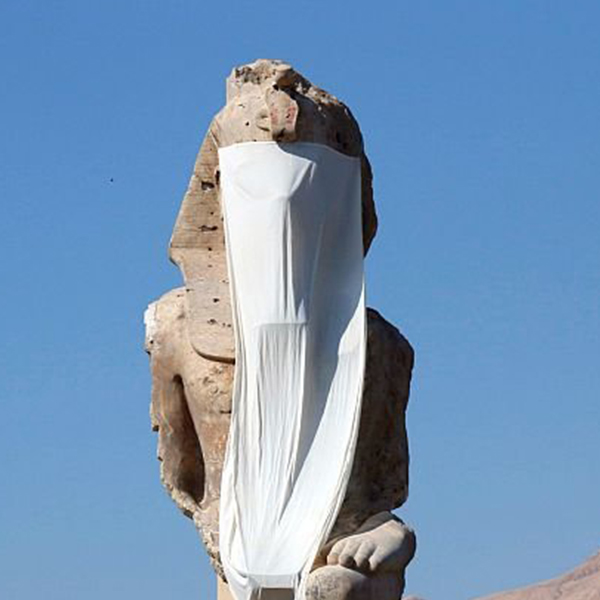
A Sig Corps pigeon has a message capsule attached to its leg. (Photo: Signal Corps Archive via Wikimedia Commons, Public domain)
World War II saw technological and scientific advancements, like penicillin or the radar, that we still use today. But the war also saw the troops turn to more unorthodox methods for coordination. Among these was the use of pigeons to deliver messages. Many of them were strapped to tiny parachutes and placed in crates that were later dropped behind enemy lines in occupied France. Their work earned them medals after they flew to England carrying messages attached by the resistance.
“Thousands of racing pigeons were used by the Allies in the war and they saved lives and brought very important intelligence back from the French about the Germans,” explained Stewart Wardrope to the Daily Mail in 2013. Wardrope is the general manager of the Royal Pigeon Racing Association.
“The British dreamed up all sorts of ways of getting them to the French Resistance. They strapped them in little parachutes so that they couldn't fly off and dropped them out of the planes over a pre-arranged position.”
It is believed over 250,000 homing pigeons were used during the war.
Issues later arose with this technique, as there were problems with pigeons flying into the wings of faster aircraft, and anyone with a racing pigeon in France was considered a spy. However, these earlier attempts resulted in some interesting memorabilia from World War II: the tiny parachutes that took these birds to the ground.
One such item was found in an old shoebox, along with other D-Day documents, in the home of Mrs. Ellington, a recently deceased woman in England. The little parachute, made out of white cloth, includes a line and a vest for the pigeon—likely made of the same materials as a bra. This device is now on display at the House on the Hill Museum in Standsted Mountfitchet, Essex, as a reminder of the labor these animals performed during the war.
“Homing pigeons served the Army Air Forces very capably and valiantly during World War II. They transmitted countless messages within numerous theaters of operation and, as a result, contributed much to the Allied war effort,” says the National Air and Space Museum. “These message-carrying pigeons served bravely during times of war.”
During World War II, many pigeons were strapped to tiny parachutes and dropped behind enemy lines. Their work earned them medals after they flew to England carrying messages attached by the resistance.
Ver esta publicación en Instagram
‘The British dreamed up all sorts of ways of getting them to the French Resistance. They strapped them in little parachutes so that they couldn't fly off and dropped them out of the planes over a pre-arranged position.”
Ver esta publicación en Instagram
One of such items was recently found in an old shoebox, along with other D-Day documents, in England–a reminder of the labor these animals performed during the war.
Ver esta publicación en Instagram
h/t: [Good News Network]
Related Articles:
The National WWII Museum Dedicates Itself to Honoring America’s Role in the War
105-Year-Old WWII Veteran With No Living Relatives Receives Over 3,000 Birthday Cards
100-Year-Old WWII Veteran Is Invited to Ride in a Fire Truck for His Milestone Birthday
WWII Brides Wore Wedding Dresses Made From Their Fiancé’s Parachutes






















































































